The roof of our house acts as a substantial umbrella. It protects us from rain, wind, heavy snow, and the sun's heat. We frequently fail to notice our roof, especially if it is difficult to access. But what if you discover one day that you need to replace your roofing nails? We've done our research to gather relevant information. So, sit back, and we'll tell you what we've found.
Yes, we must remove old roofing nails to replace them to restore the roof's quality. However, it may aggravate any current damage and make repairing it more difficult. Assess first the factors that are causing damage before removing old nails to determine if there is a better alternative.
Renovation takes time, and choosing a roofing nail is not something that happens every day. Allow us to elaborate on the things you need to understand about roofs throughout this article.
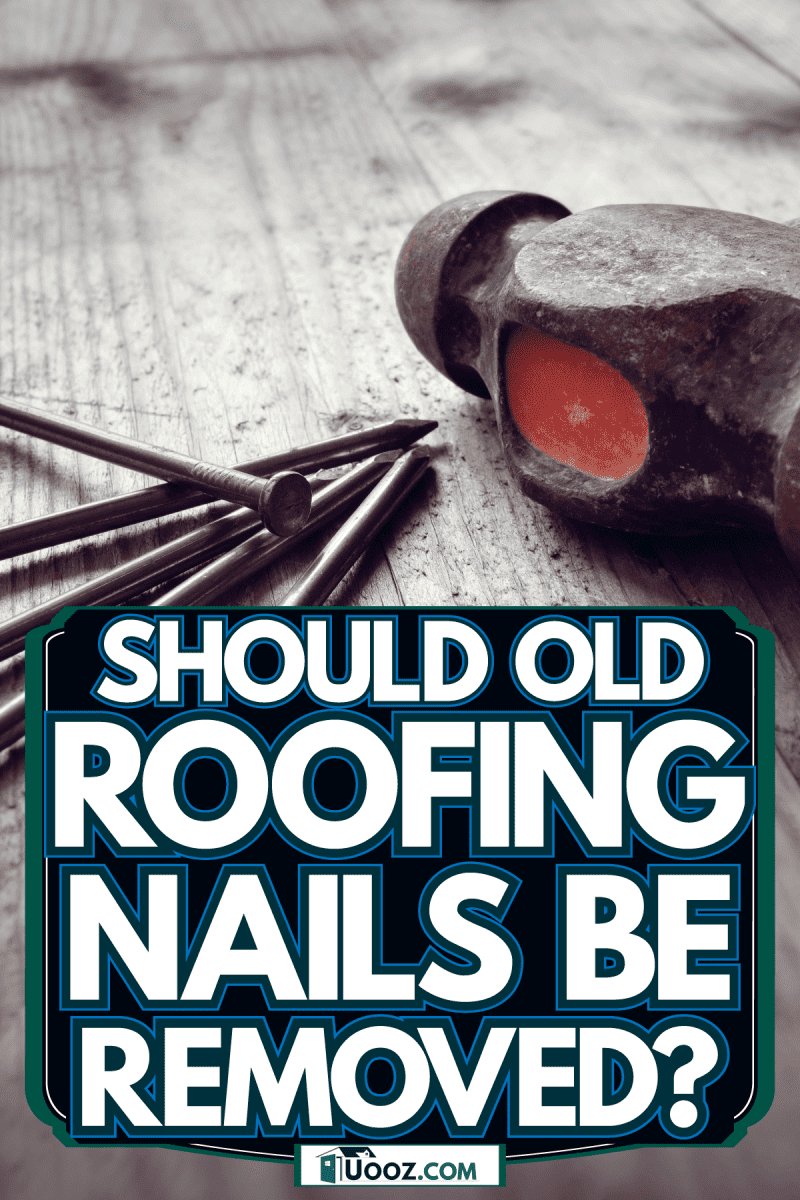
Evaluating the Roof's Condition
Examine the quality of the roof before deciding whether you should remove the roofing nails. Reckless removal of roofing nails might create more damage.
Inspecting Waterpipes
Roofs are the primary water-protection structures. However, leaks without rain are unsettling. There could be broken waterpipes somewhere, worsening the roof's condition. Or a spot where rainwater collects, causing the weight to be placed on the ceiling.
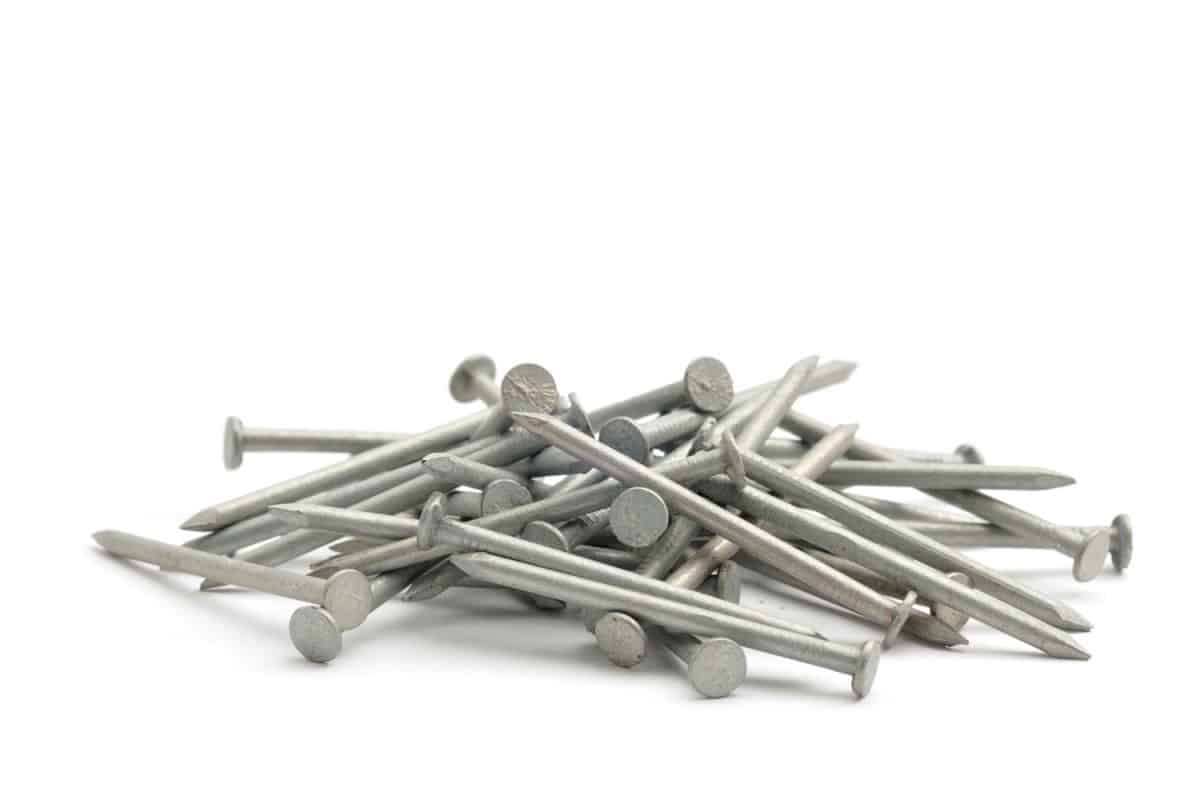
Strength of the Ceiling
The combination of a weak ceiling and a strong roof is illogical. In some houses, a block of concrete or something heavy is placed to add weight and make the roof stick firmer to the ceiling. Thus technique strengthens the ceiling supports with added weight.
It's significant to conduct more frequent inspections of our homes. Each issue is linked to the next. A proper approach to fixing issues is to start with the most serious ones and work your way down to the smallest.
Removal and Replacement of Roofing Nails
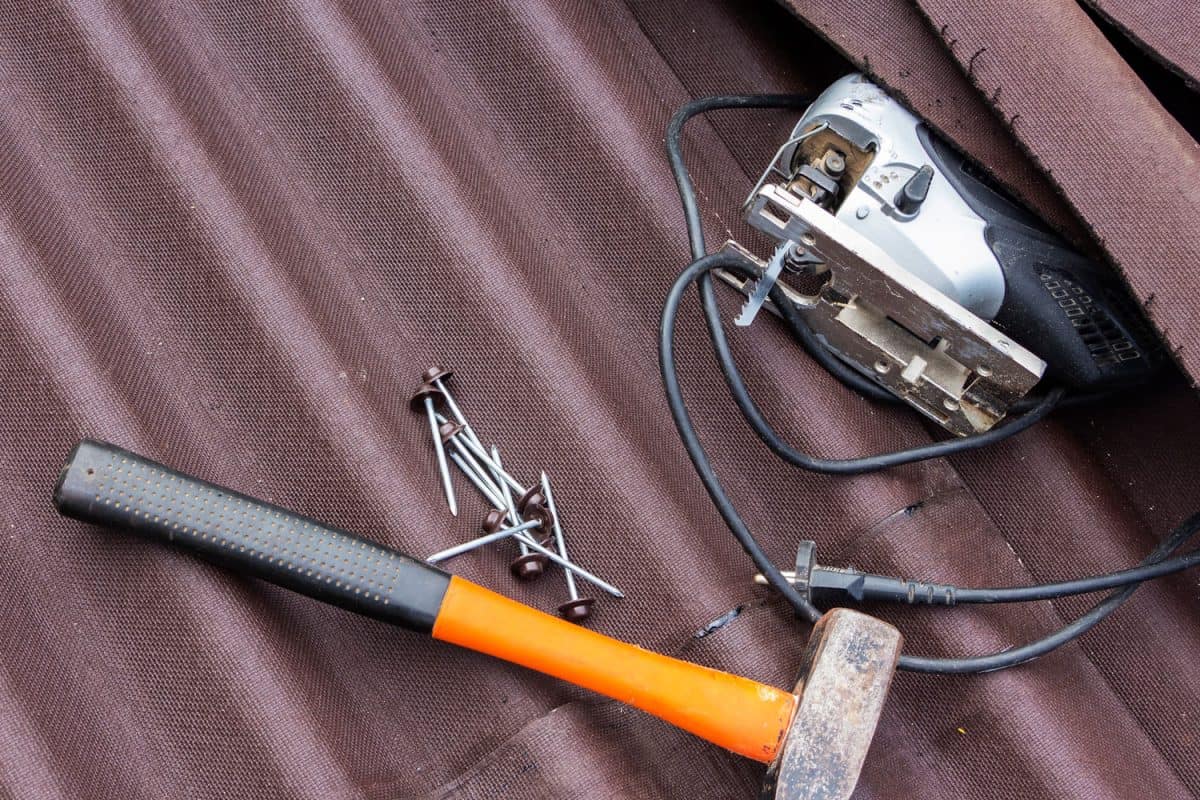
Here's a pro tip: don't act alone. You'll need someone to assist you in removing and replacing the roofing nails. But for minor repairs, you can rely on the following quick steps:
- Go to the roof you'll be repairing but clean it first. Wear gloves and a safety helmet. Bring a flashlight, hammer, nails, screwdriver, roof sealant, and marker. If you have a nail gun, test it before using.
- Remove the faulty nails with the hammer claw. Lift up the roof a little to see if it will be pinned to the ceiling or if it will be blown open by the wind.
- Circle the nailing point with a marker, then start nailing the roof.
- Apply the roof sealant around every nail to secure and add firmness. Let the sealant dry.
- Now, using the flashlight, turn on the switch and point the light to where you nailed to see if anyone from below the roof can see the light passing through it. It is significant because raindrops can pass through tiny holes that we cannot easily notice.
The new nails may last from 3 to 25 years or longer, depending on the type of nails used and the house's foundation. The location of your house also plays a factor. Natural calamities such as cyclones or snowstorms may shorten the roof's life span.
Properties and Types of Nails
The length, size, thickness, and properties of a nail vary according to its purpose. A wrong nail may be ineffective on some roofs.
Nail Shank
A nail shank is the part of the nail from the lower body to its tip. It can be straight, twisted, or ringed. A straight shank holds two objects by locking them with the nail's head.
Copper Nails
Copper nails are the most expensive so far. To say the least, they may last for life. These can hold thick surfaces and can effortlessly pierce metals.
Aluminum Nails
Aluminum nails are the most popular. These may be suitable for wood, especially if it's thin. These nails can resist rust, but prolonged use of it might lose its quality.
Stainless Nails
A stainless nail explains itself. It can last for 3 to 12 years or longer. A stainless nail can withstand temperature changes like summer or winter season.
Galvanized Nails
Galvanized nails are covered in zinc to last against corrosion. These are the best equivalents of steel and copper nails in terms of quality.
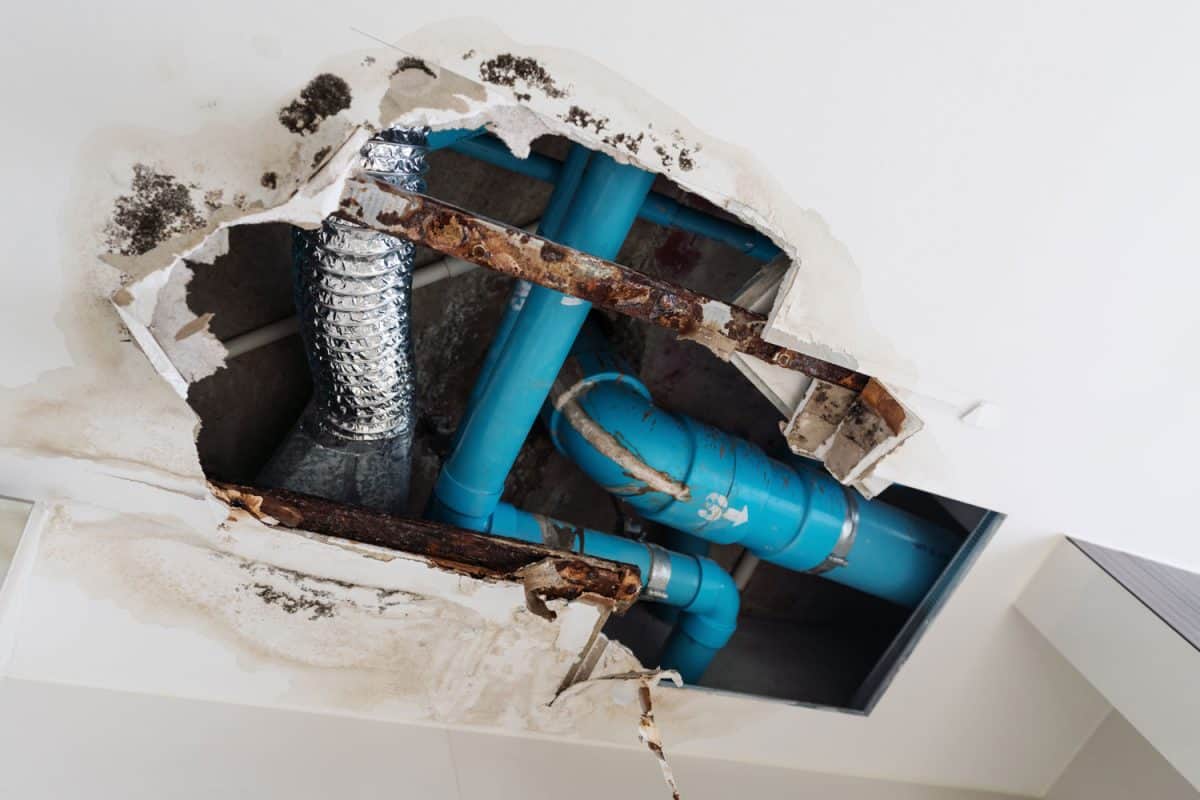
Corrosion
This refers to the weakening of metals and other hard elements due to heat, rust, and wetness. Corrosion may dissolve or crush the nails if it remains unobserved.
What Is A Nail Pop On A Roof?
Nail pop is a protruding spot where a nail has been placed from the previous construction. It may emerge from walls or roofs that may display danger on the opposite side it is facing.
To remove nail pops, flatten the surface with a scraper. Allow the paint to dry after covering the blemishes. Finish by smoothing with sandpaper. Retouch the paint to blend the with the surface color.
Choose the nails that you think will be perfect for the roof. Or rather switch to a better type.
Do Roofing Nails Cause Leaks?
Partially, yes, because nails create holes. However, securing the area with a sealant is a quick fix. This reduces the possibility of leaks. If you're going to use a hammer to pin a nail, be careful not to use too much force, as this could cause the surface to deform.
Alternatives to Nails
There are alternatives to nailing your roof. Although these alternatives do not have the same capacity as nailing does, figure out if you can apply these to your home.
Screws
They differ in head shape. Screws are for locking and unlocking two surfaces. They are commonly used in plywood but can also be an option aside from actual nails.
Using Staples
This technique is specifically for roof shingles with paper or material underneath. Nails can easily tear these light materials. So, to serve a purpose, staples can fasten them.
Liquid Adhesives
Adhesives can be used instead of nails to protect against cold weather. They are in the form of paint or glue. Adhesives are effective in bonding layers of insulation board. Some shingles are soft and, therefore, want a gentle fit on the roof.
These techniques and alternatives are not mutually exclusive. They can be used in conjunction to maximize the effectiveness of the roof shingles.
Types of Roofs and Roofing Techniques
There are various roofing techniques, and not all of them necessitate the use of nails. Aside from nailing the roof, modern roof installations are becoming mainstream. Besides, these techniques differ in purpose.
Roof Nailing
Nailing is a method of attaching the roof to the ceiling using nails. Also, the most affordable and widely used method for homeowners. When a house is built of concrete, wooden or metallic materials are sometimes attached to the surface where the nailing is done.
Composite Roofing
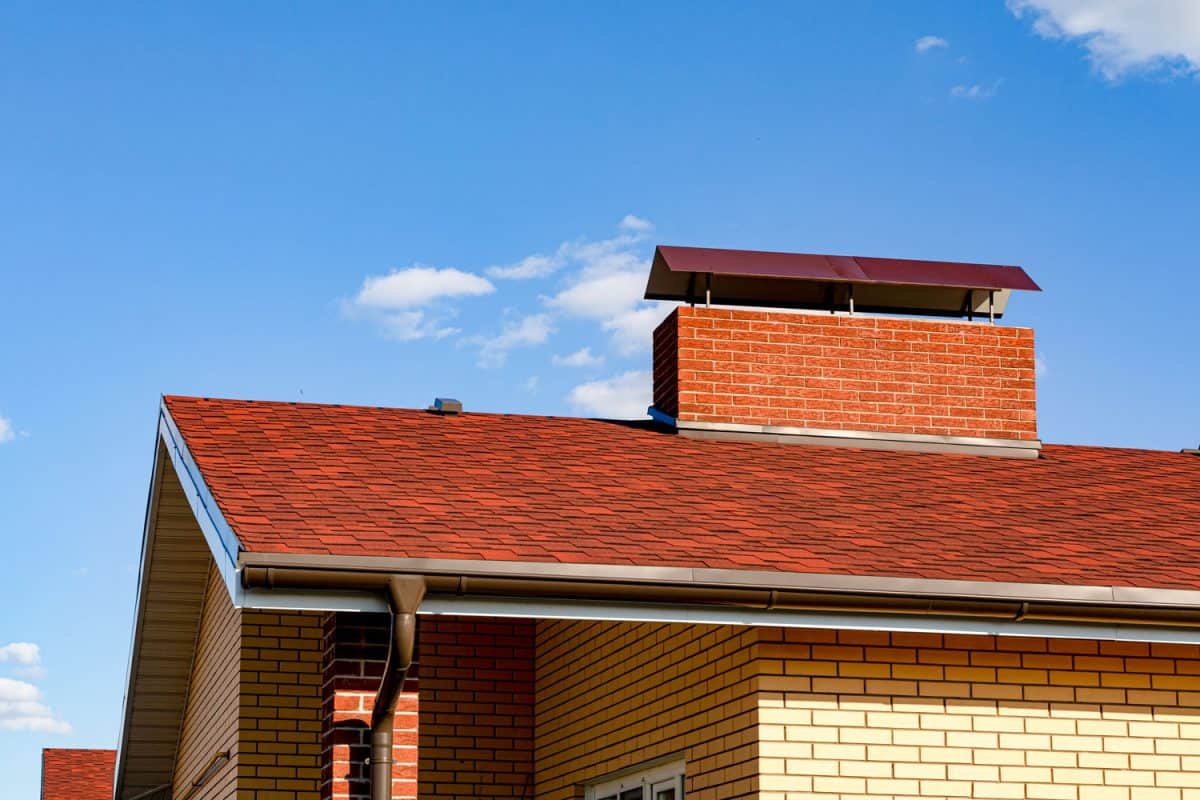
Composite roofs are made up of slate, wood, clay, paper, and plastic. These are good for waterproofing. Since composite roofs are made of recycled materials, they are eco-friendly.
Asphalt Roofing
Asphalt roofs are a mixture of asphalt granules, fiber, cellulose, metal, and sealants. Although, the asphalt shingle manufacturers differ in the mixture. It is well-known for its toughness, longevity, and fire resistance, as well as its ability to withstand extreme heat transfer and block strong winds.
Metal Roofing
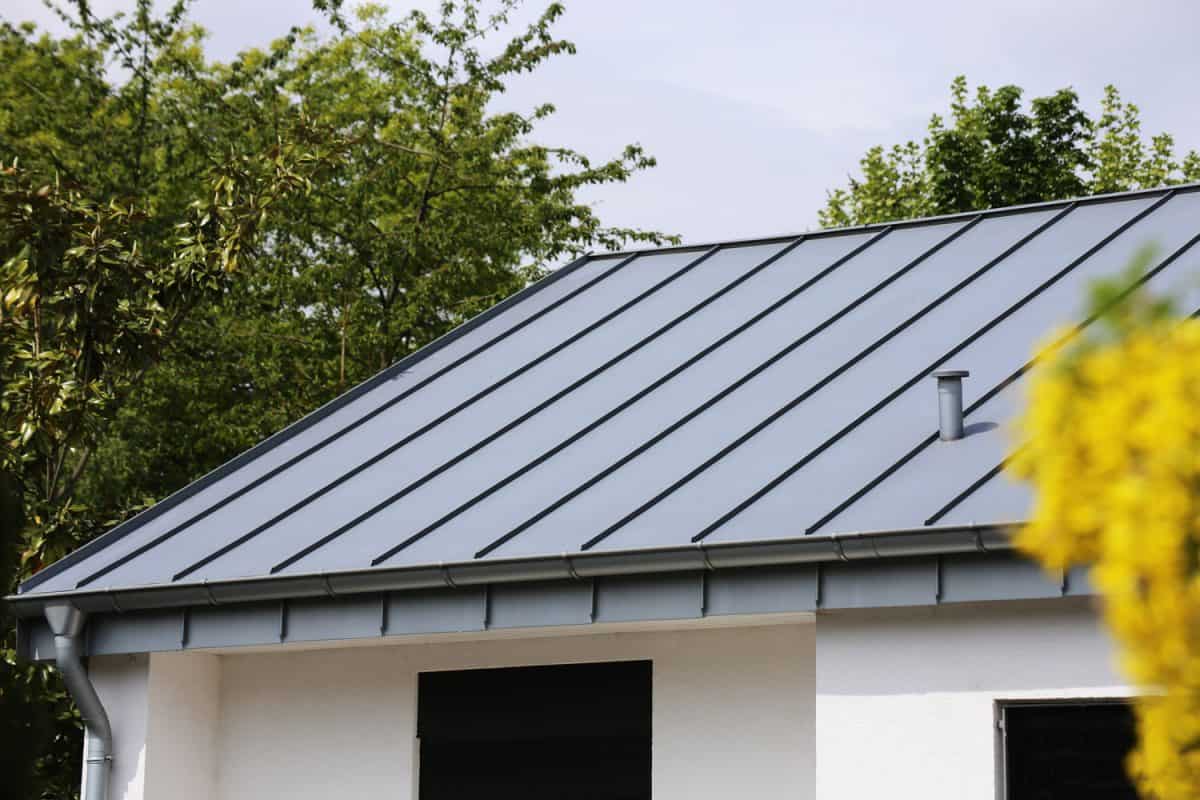
Metal roof installation requires comprehensive detailing of the house's foundation, as this type is quite more expensive than the other types. These roofs vary in aluminum, copper, steel, or zinc. Homeowners consider it a long-term investment because it can last for decades. Most corporate buildings and offices prefer this technique.
Floor-Roof Technique
Floor roofing literally means the floor itself acts as the roof, which is usually made of concrete. Imagine a two-story house where the second floor is the roof of the first floor. Homeowners choose this technique to save money by installing an open rooftop and making it the roof of all the floors below.
The Green Roof
Green roofs are economically sustainable. These are filled with plants, vegetables, or fruits and are arranged on top of a structure. These are highly recommended for densely populated areas because they save green energy.
Aside from roofing, the house's exterior protection is also important. Check out this article on how to clean vinyl siding of your house.
A "Nailed" Idea
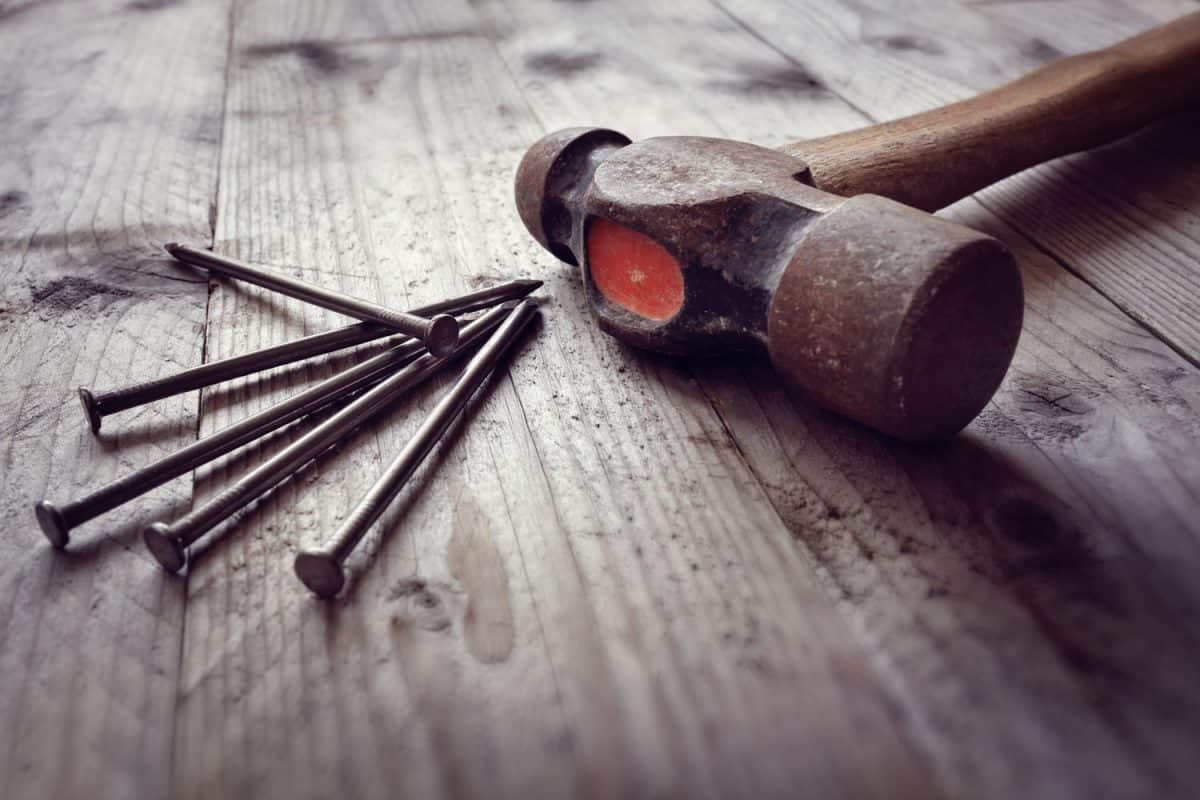
Old nails do need to be replaced. Remember to assess the situation before deciding whether you need to replace a small portion, or the whole thing. Do not rush and take time to find the most suitable tools, and you'll end up with awesome results.
Looking for more repair tips? Go read this article to know if you can drill into your wall material.
